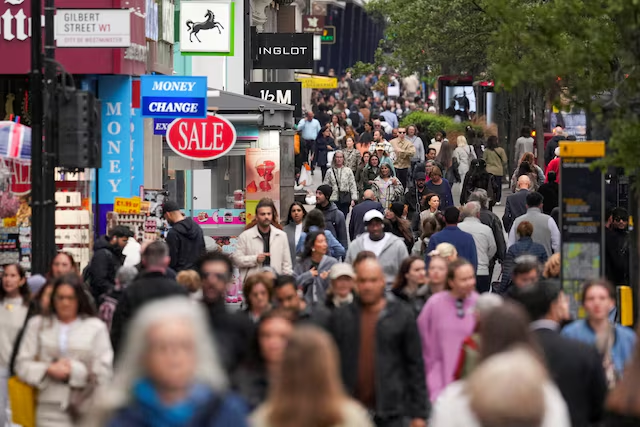River Island to close 33 stores across UK — full list and what it means for residents

Could Retirement Age Hit 80? Experts Warn UK Pension System May Be Unsustainable by 2070s
River Island will shut 33 of its stores following High Court approval of a sweeping restructuring plan aimed at saving the struggling fashion retailer from sliding into administration.
The decision, sanctioned by a judge on Friday, is part of a strategy to stabilise the high street chain’s finances after prolonged losses. The overhaul also involves negotiating reduced rents on 71 other outlets. Lawyers for River Island told the court the company had been unable to reverse its sustained financial decline.
The 33 locations set for closure are:
-
Aylesbury, Buckinghamshire
-
Bangor Bloomfield, Northern Ireland
-
Barnstaple, Devon
-
Beckton, Greater London
-
Brighton, East Sussex
-
Burton-upon-Trent, Derbyshire
-
Cumbernauld, Scotland
-
Didcot, Oxfordshire
-
Edinburgh Princes Street, Scotland
-
Falkirk, Scotland
-
Gloucester, Gloucestershire
-
Great Yarmouth
-
Grimsby, Lincolnshire
-
Hanley, Staffordshire
-
Hartlepool, County Durham
-
Hereford, Herefordshire
-
Kilmarnock, Scotland
-
Kirkcaldy, Scotland
-
Leeds Birstall Park, West Yorkshire
-
Lisburn, Northern Ireland
-
Northwich, Cheshire
-
Norwich, Norfolk
-
Oxford, Oxfordshire
-
Perth, Scotland
-
Poole, Dorset
-
Rochdale, Greater Manchester
-
St Helens, Merseyside
-
Stockton-on-Tees, County Durham
-
Surrey Quays, Greater London
-
Sutton Coldfield, Warwickshire
-
Taunton, Somerset
-
Workington, Cumbria
-
Wrexham, Wales

